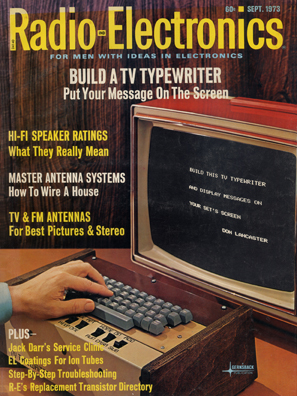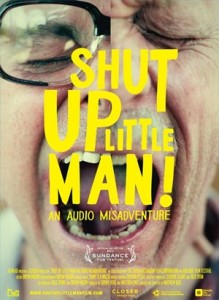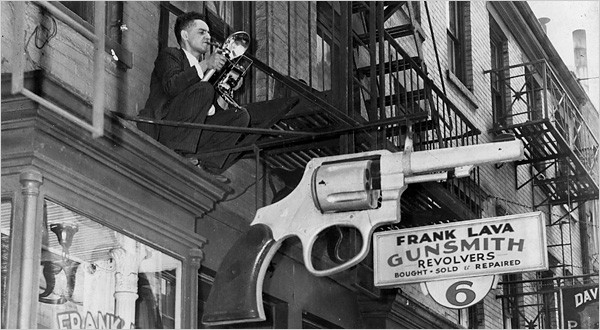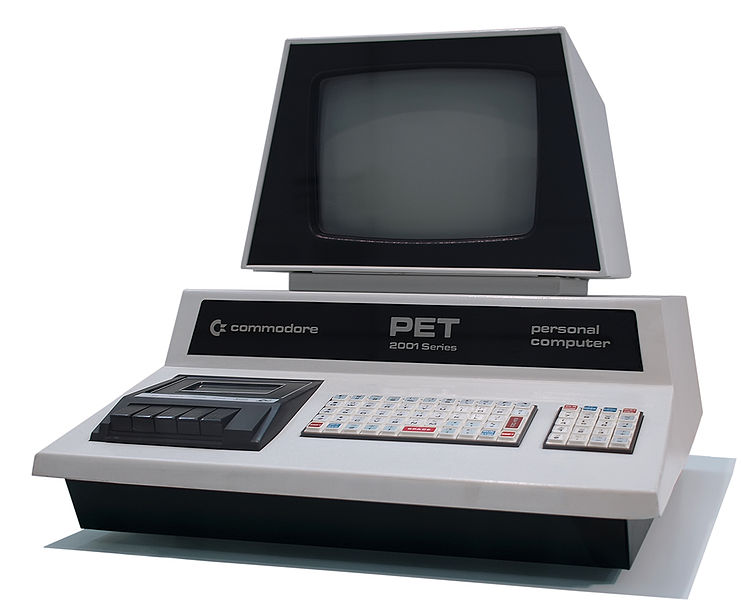
The opening of Don Lancaster’s 1973 Radio & Electronics article about his creation, the TV Typewriter, an early way to transform your television into a computer terminal and open possibilties for connectivity:
“This construction project started out as a, very low cost computer terminal for home use, but as it went together, we became aware of the many possible non-computer uses for such a device, particularly since it is priced right. What can you do with a machine that puts letters and numbers on an ordinary unmodified TV set?
Obviously, it’s a computer terminal for timesharing services, schools, and experimental uses. It’s a ham radio Teletype terminal. Coupled to the right services, it can also display news, stock quotations, time, and weather. It’s a communications aide for the deaf. It’s a teaching machine, particularly good for helping preschoolers learn the alphabet and words. It also keeps them busy for hours as an educational toy.

It’s a super sales promoter, either locally or on a store wide basis. It’s easily converted to a title machine for a video recorder. It’s a message generator or ‘answer back’ unit for advanced two way cable TV systems. Tied to a cassette recorder, it’s an electronic notebook and study aid, or a custom catalog. It’s an annunciator for plant, schools, and hospitals that tells not only that someone is needed, but why and where.
And, if all that isn’t enough, it’s easy to convert into a 12 or 16 place electronic calculator. You can also make a clock out of it, and, with extensive modification, you can even make a 32 register, 16 place serial digital computer out of the beast!
Cost of the project? Around $120 for the basic unit. This is slightly under two month’s normal rental of commercial units that don’t do nearly as much, and less than 1/10 the cost of anything commercial you could buy to do the same job. And we feel that this cost is finally low enough that a lot of new uses are now not only possible, but reasonable as well.”





















